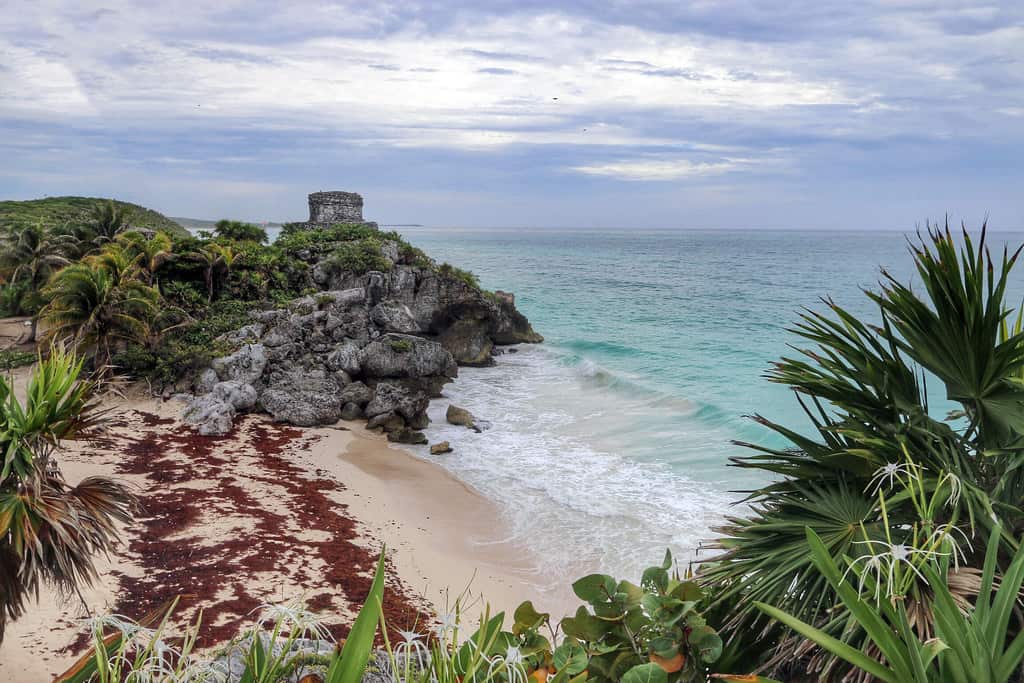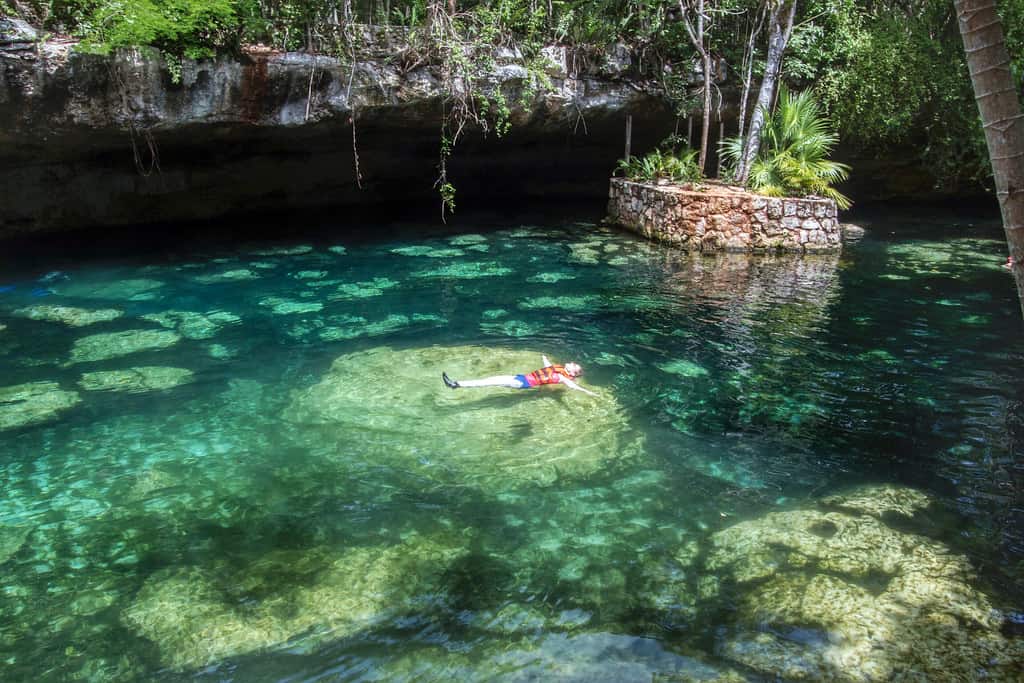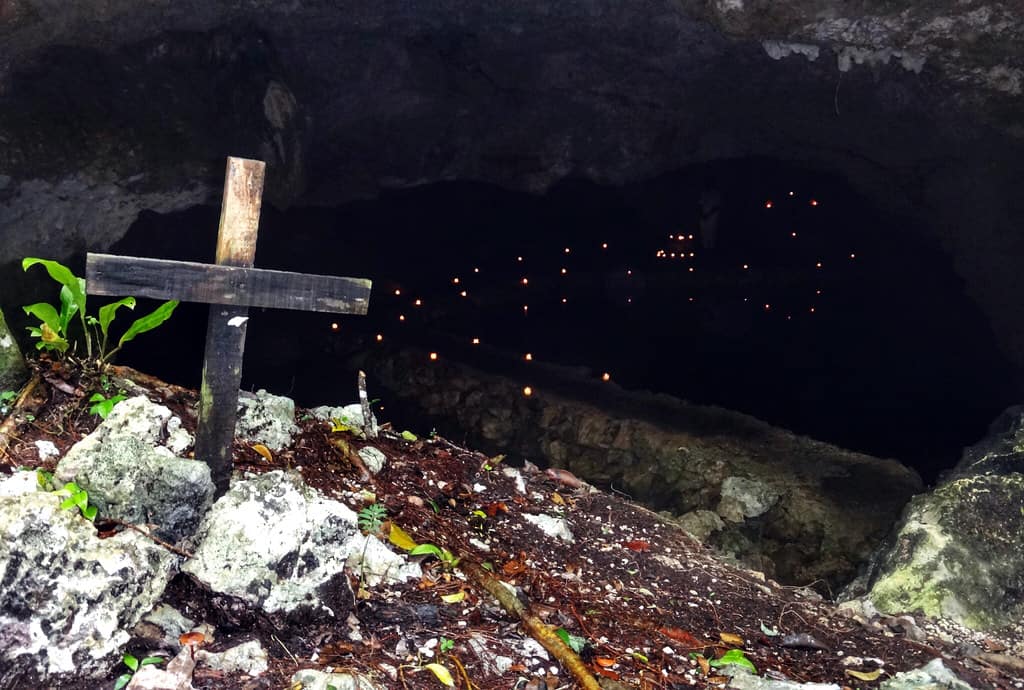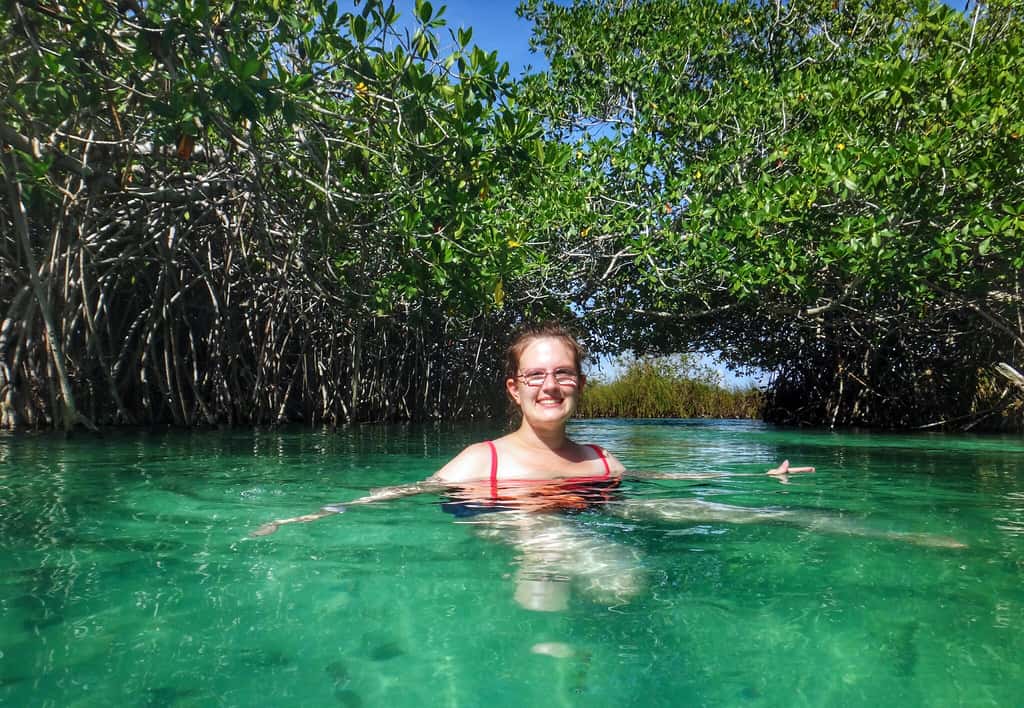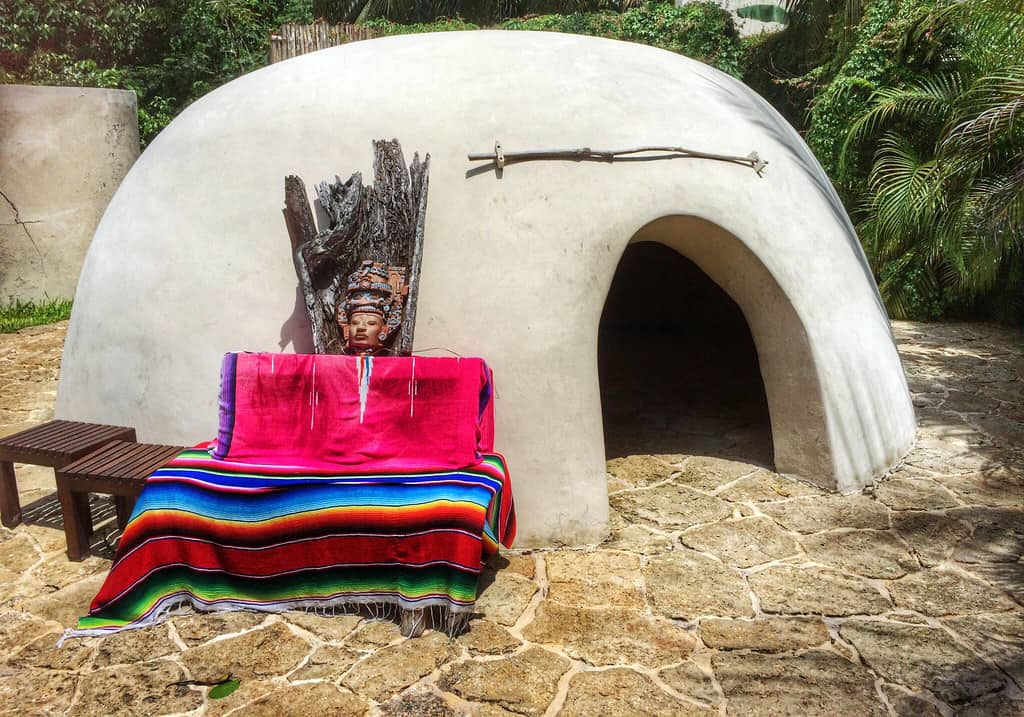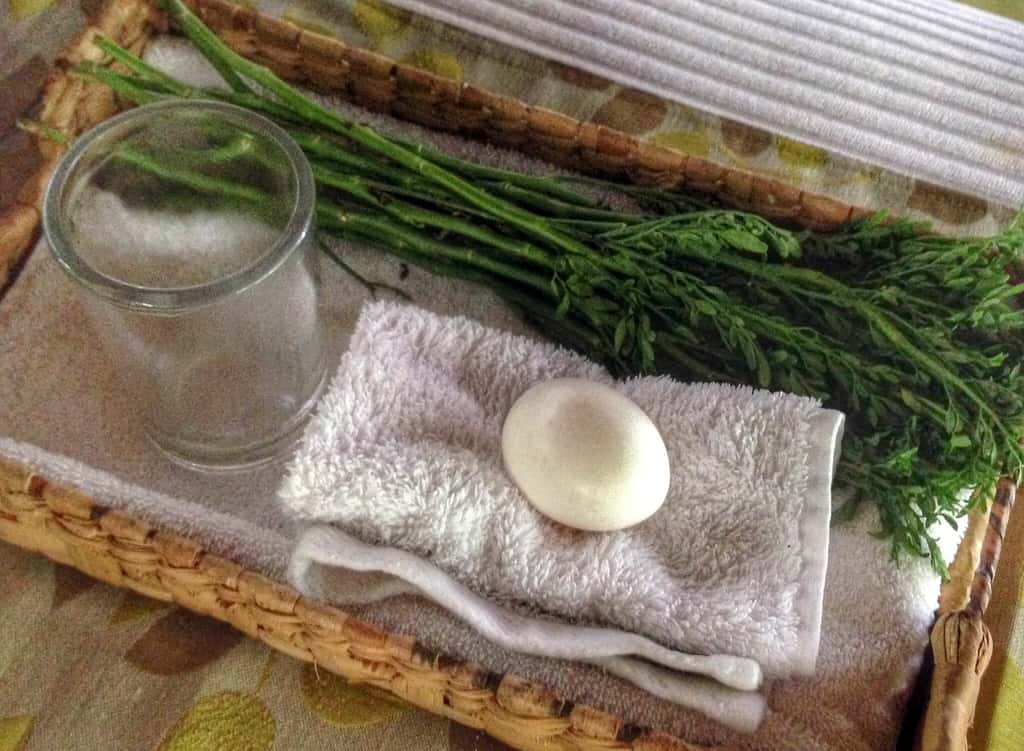North America
EXPERIENCING ELEMENTS OF AN ANCIENT CULTURE
Spanning over 3,000 years, the Mayan civilization is amongst one of the original cultures of the world. As one of the most sophisticated ancient civilizations, I would argue them to even be one of the most important.
I remember learning bits and pieces about the Mayans throughout grade school, but some education that was because I didn’t even know that the civilization was still thriving today.
Yup, over seven million Mayans still live across Central America and Mexico, working hard to preserve their culture while still rediscovering the secrets of their past.
It was upon learning this, that I came to understand the name Riviera Maya, or the “Mayan Riviera”. The Mayans were the first people to settle in this part of Mexico, and their culture still heavily influences the region even now.
Language, tradition, and a deep connection to nature are what that shape the Mayan’s worldview– people after my own heart.
It was this distinct culture that I was thankful to experience and foster a better understanding of during my time in the Riviera Maya.
HERE WERE SOME OF MY FAVORITE MAYAN EXPERIENCES:
EXPLORING THE RUINS OF A BYGONE ERA
The ruins in Tulum once made up a Mayan walled-city, which was possibly called Zama, or City of Dawn. The city stood tall on the bluff facing east towards the sunrise, hence the name City of Dawn.
Having access to both land and sea trade routes, Tulum was thought to be an important Mayan trading hub. Today it is one of the best-preserved coastal Mayan sites, however if you’ve been to Tik’al or Chichen Itza you might not find these ruins particularly impressive.
The real draw of these ruins are their dramatic surroundings on the cliffs with idyllic beaches below.
SWIMMING IN THE PORTAL OF THE UNDERWORLD
Remember those beautiful cenotes I talked about before? Well, the Maya actually believed that cenotes were the entrance to Xibalbá, or the Mayan underworld.
Most Mayan sites were constructed near cenotes or lakes in order to use them as their main water supply– especially since it didn’t always rain often. So they believed that the rain gods lived deep in the cenotes, which is why they thought cenotes to be sacred.
The Mayans would bring offerings and prayers to cenotes, asking for various permissions from the gods. It’s because of this that Mayans will never swim in a cenote.
SPIRITUAL PURIFICATION
Despite being the portal to the Mayan underworld, the rest of our group still swam in the cenotes, so when we were finished for the day our guide took us to see a local village shaman in order to purify our spirits.
Deep in a cave, he burnt copal and surrounded us in its fumes while chanting and giving us blessing for protection.
FLOATING THROUGH CRYSTAL-CLEAR CANALS
A biosphere reserve, Sian Ka’an means Origin of the Sky in Mayan. It’s diverse amount of flora and fauna, along with various Mayan ruins, are what make this area special, and as such it is one of the largest protected areas in all of Mexico.
Speeding across the lagoon, we soon saw why it’s called the Origin of the Sky. Soon there was nothing but open ocean before us and sky above us, it was hard to see where exactly the two even met.
As we maneuvered through mangroves, we finally reached a series of canals that had been dug by the ancient Mayans. The way they were dug, a current formed, creating a natural lazy river of sorts. We simply laid back and relaxed as we drifted through these amazingly beautiful canals.
BREATHING IT IN AND SWEATING IT OUT
When most people hear the word Temazcal they think of people yelling and hallucinating in a sweat lodge in the middle of the woods somewhere. And well, that’s kinda what it was. Maybe minus the hallucinating part.
The word Temazcal originates not from the Mayans, but rather from the Aztec, “calli”, meaning house, and “temas”, meaning vapor or steam.
The structure, which often looks like an igloo of sorts, is symbolic of the womb. After stripping down to sarongs, everyone climbs inside before sealing off the entryways.
Once inside the shaman leads a series of chants as he burns herbs over volcanic stones while occasionally pouring water over them to create steam. And boy, does it get hot. And sweaty.
There are many natural elements used in the Temazcal such as:
- Water—symbolizing blood, fluids and emotions
- Earth—the body and physical matter represented by the Temazcal itself
- Air—aromatic steam as our life’s energy and breath
- Fire—the embodiment of the spirit through hot volcanic stone
It’s through these steam and herbs that the ceremony purifies your mind and spirit. It allows people to reflect before freeing themselves to live 100% in the present.
HOLISTIC REJUVENATION
The perfect ending to a week of Mayan experiences? A massage based on traditional Mayan elements.
The massage started by being rubbed with copal and herbs to renew my energy and an egg symbolizing new life, while these certainly weren’t the techniques I was used to, I could feel my body relaxing and letting go.
After 80 minutes, it completely relieved my muscle tension (much needed after lugging a backpack around the past few weeks) and ended with a cupping routine.
Pure bliss.
WHAT ELEMENTS OF MAYAN CULTURE WOULD YOU LIKE TO EXPERIENCE?
A special thank you to the Riviera Maya Tourism Board along with Alltournative Ecoarchaeological Expeditions, Sian Ka’an Tours, Akumal Dive Center, Viceroy Hotel and Azulik for hosting our stay in Mexico.

